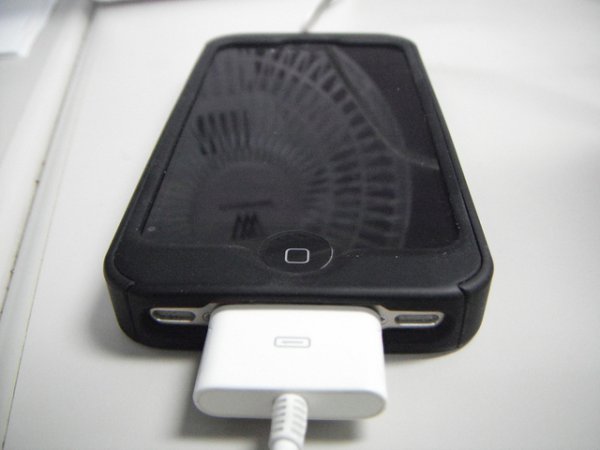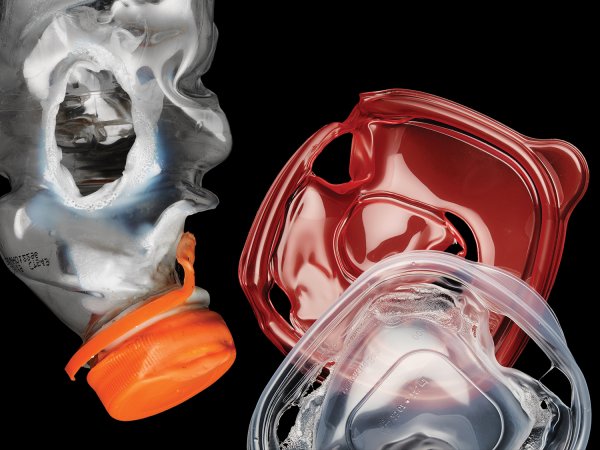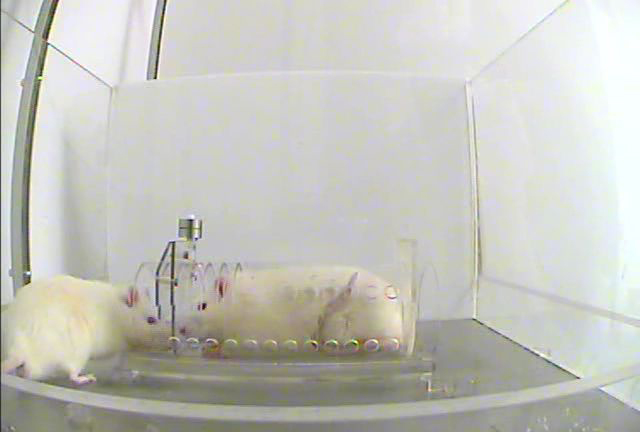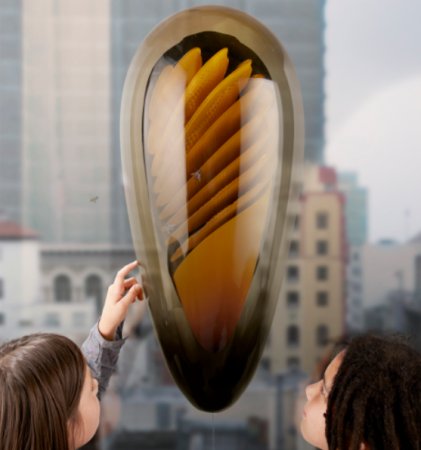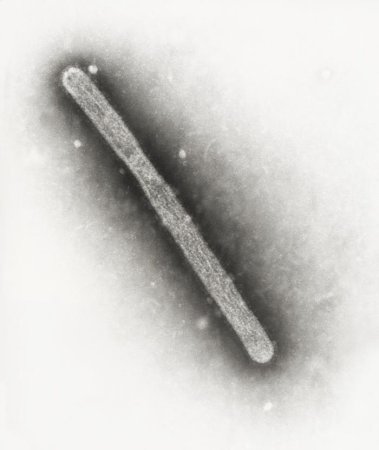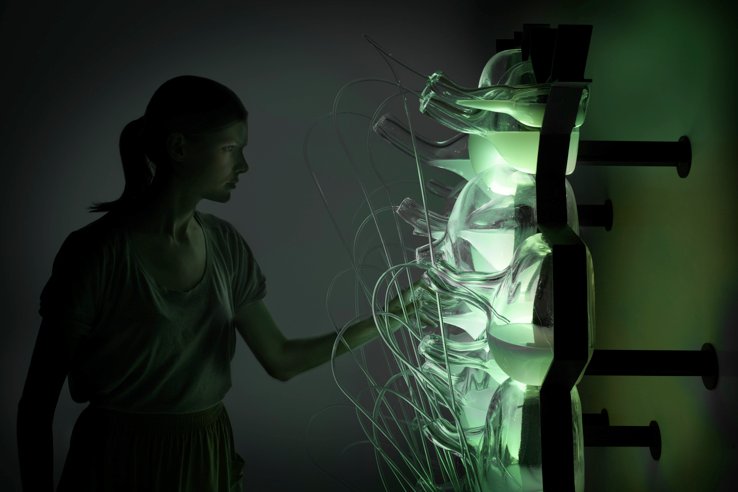

As the world — and its landfills and water treatment plants — get more and more crowded, future houses will have to cut down on their waste. Or they could just repurpose it. For instance, they could use household sludge to feed bioluminescent bacteria to light up a room. It’s so simple! Really!
This bioluminescent lamp is part of Philips’ Microbial Home concept, a self-sufficient closed-loop home that wastes not and wants not. The Bio-lamp is fueled by a methane digester, which itself forms the centerpiece of the kitchen (yes) and breaks down waste into a lovely sludge.
Individual bioluminescent bacteria would be inserted into their own interesting-looking blown glass cells, forming a living lamp. Silicon tubes would connect the bacteria to the life-sustaining sludge at the lamp’s base.
Bioluminescent organisms, including fireflies and some small marine organisms, produce an enzyme called luciferase, which catalyzes a chemical reaction between oxygen and a pigment called luciferin. The result is a low-intensity, ambient light, so it would work pretty well in a modernist light fixture. If the idea of waste-eating luminous bacteria does not sound appealing, the Bio-lamp could also work with a fluorescent protein filling.
“Energy-saving light bulbs will only take us so far,” explains Clive van Heerden, senior director of Design-led Innovation, on Philips Design’s website. “We need to push ourselves to rethink domestic appliances entirely, to rethink how homes consume energy, and how entire communities can pool resources.”
Would you hang this lamp in your house?


